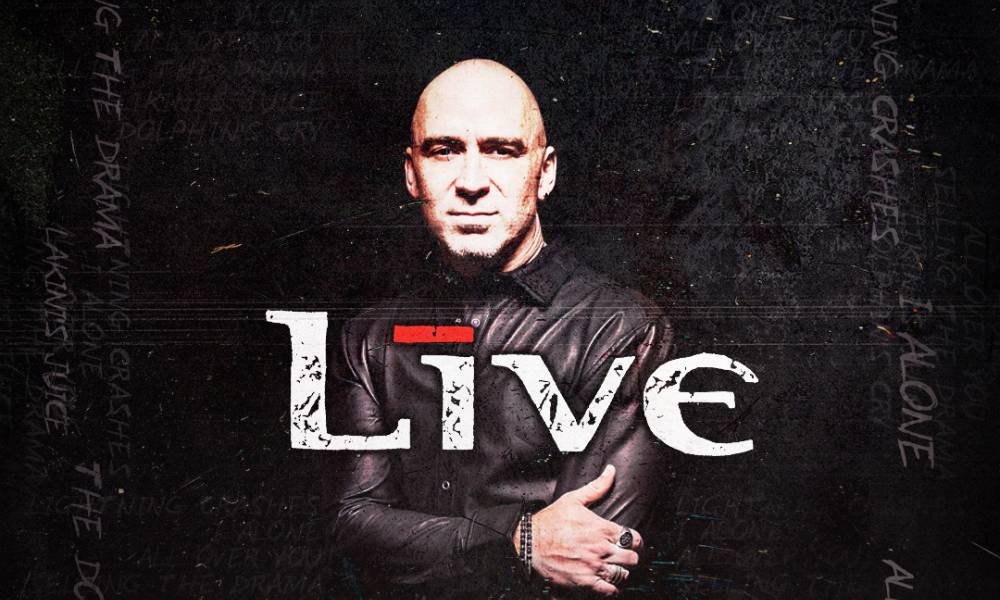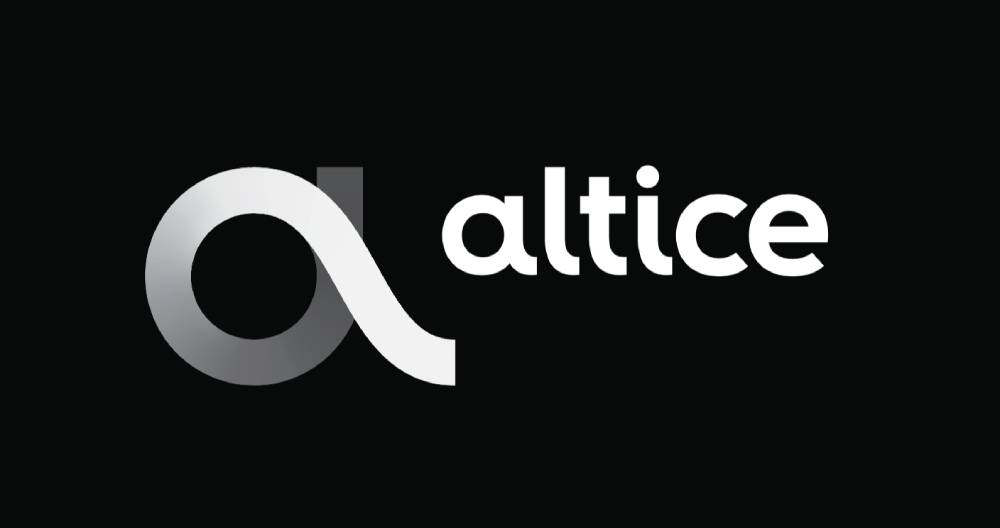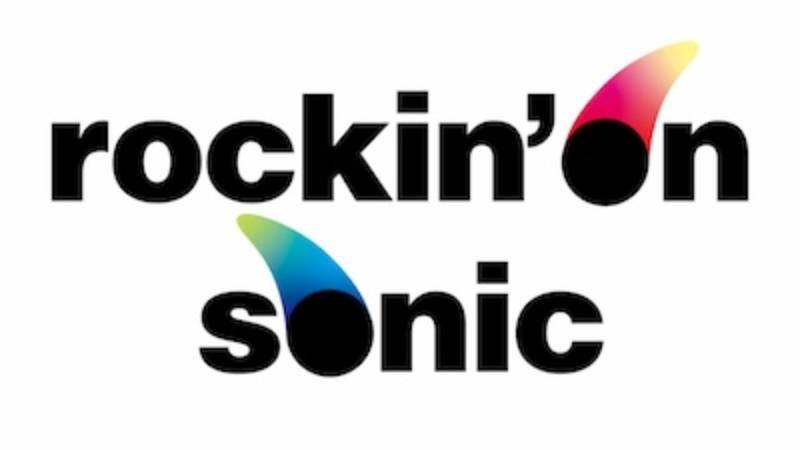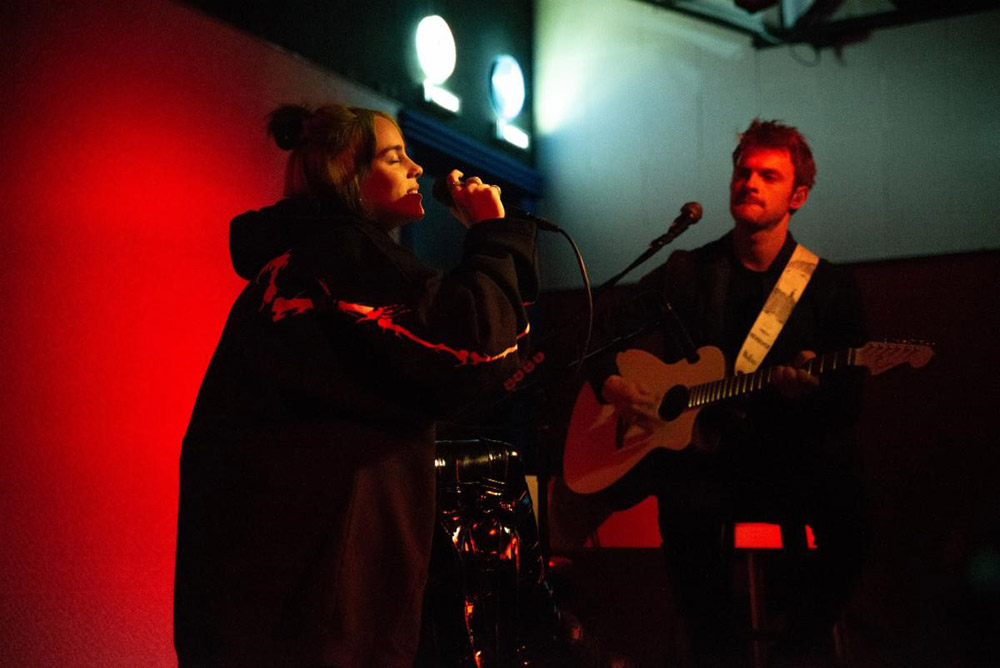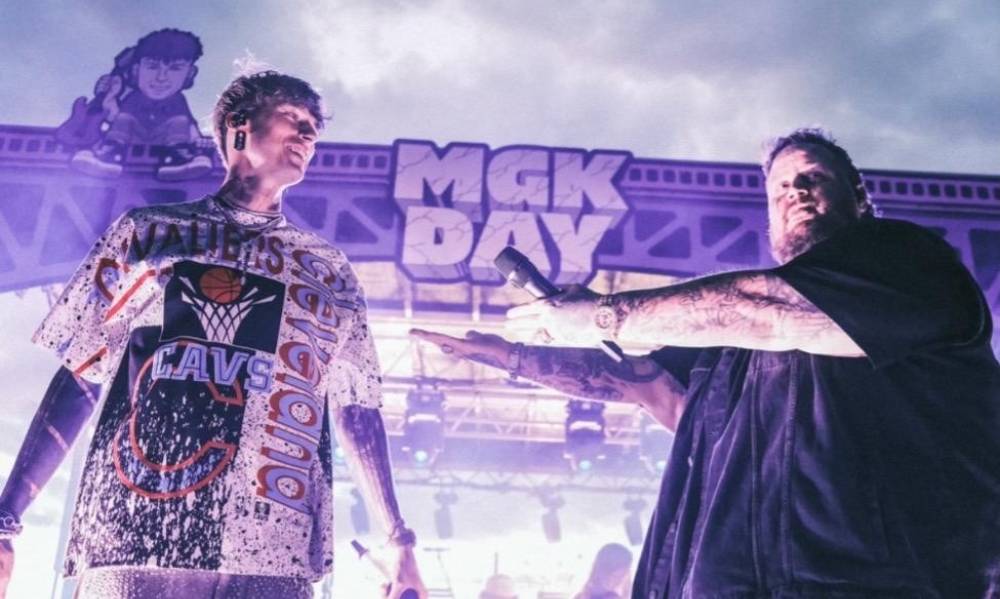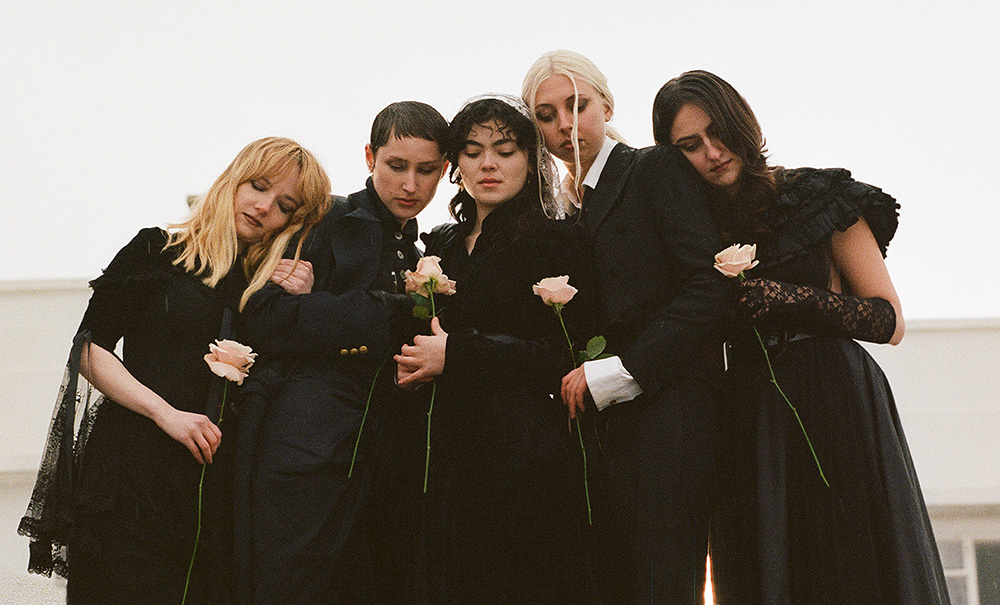(Hypebot) — While recorded music sales may facing choppy waters, the live music market remains healthy and strong, making it a preferable vein for recording artists to focus on. As with so many aspects of the music industry, having an agreement in writing can spare all parties a lot of grief. Here Jusin M. Jacobson catches us up on how these agreements work.
___________________________
Guest post by Justin M. Jacobson Esq. of the TuneCore Blog
[Editors Note: This article was written by Justin M. Jacobson, Esq.]While there has been a decline in recorded music sales, the live performance sphere of the music business continues to post substantial numbers. For example, in 2016, Billboard Magazine stated that “global “gross box-office revenue” exceeded “$5.5 billion dollars.” With such substantial sums earned through touring, most artists are scrambling to get their own “piece of the pie” and embark on their own live performances. While it is not required, it is prudent for a musician to enter into a written contract, sometimes referred to as a live performance agreement, for the commissioned concert that the artist intends to perform. These documents are typically between the artist or a third-party who is able to act on behalf of and bind the artist, such as their booking agent or manager, and the venue owner or the event promoter. We will now examine some important matters that should be addressed in a live performance agreement.
The key components of a live appearance contract are the date, time and the length of the artist’s performance. These essential terms should be clearly outlined and agreed upon in writing so that an artist knows exactly how long, when, and where they are performing. Additionally, if it is necessary for the musician’s show, the contract should also specify the times for any equipment “loading” and “unloading” as well as potentially a scheduled time for a “sound check.” A “sound check” is typically conducted by an artist before the show to ensure that the artist’s equipment functions properly and that the sound is suitable for the musician’s show. The performer should also be aware of the scheduled times that the doors open as well as when they are slated to actually perform to ensure that they arrive at the venue on time.
Below is an example of language that describes the artist’s control over their live performance as well as specifies a time period for a “sound check.”
Engagement/Sound Check – Artist agrees to appear and perform to the best of Artist’s ability and up to Artist’s customary standards as a professional musician, at such times and places as agreed to with Promoter in this Agreement. Artist shall be provided with reasonable time for a sound-check and rehearsal at Promoter’s Venue on the date of Engagement, but not later than three (3) hours prior to doors opening. Artist shall have sole and exclusive control over all aspects of its Engagement for Promoter, including production, presentation and performance of Artist’s show, including but not limited to personnel, instrumentation and repertoire.
If there is more than one artist performing in a particular show, such as a large musician showcase or a co-headliner, it is prudent to outline and agreed upon each musician’s performance length, the time of each performance, and the order of their appearances. It is also important to discuss how the musicians are “billed” on any promotional flyers or advertisements.
A performer’s “billing” is how the particular artist is listed on marketing materials. It is practical to have any parameters related to how an artist is “billed” written in the contract, including the font or text size (i.e., how large or small the artist’s name is displayed), the positioning (near the top or the bottom in a list of artists) and how the artist is described on the flyer. This could include being “billed” as the “headliner,” an “opening act,” or merely just listed as a participant in a larger music showcase or festival. The order of the artists on the promotional materials could be alphabetical, based on the order of performances, or based on some other standard that the event producer chooses, such as notoriety of the artists.
Again, all of these points can and should be addressed in a performance agreement to ensure that all parties are aware and comfortable with the arrangements. A musician should also try to negotiate for some pre-approval right over any artwork, flyers or other public advertisements, whether electronically or physically distributed, to ensure that everything is acceptable and complies with the artist’s requests.
A clause that provides the artist with such approval is displayed below.
Artwork And Advertising – Any and all artwork, flyers, promotional tickets and/or advertisements regarding the Engagement created by Promoter must be pre-approved by Artist and/or Artist’s Agent prior to any electronic or physical distribution by Promoter. Furthermore, no promotional or advertisement materials may be distributed by Promoter prior to payment of the Deposit to Artist hereunder. All advertising materials must contain the Artist’s pre-approved logo and photograph as provided to Promoter by Artist. Artist shall receive top billing as “headliner” in 100% font type in any and all advertising and publicity issued by or under the control of the Promoter related to the Engagement.
Another important matter that should be addressed in a performance agreement is the payment terms. This includes the amount paid for the artist’s performance, how the musician receives the fee and by what means of payment. The fee an artist receives for their performance varies. An artist can receive a “flat” fee, a flat fee plus a percentage of what the event earns, including ticket sales and monies earned at “the door,” solely a percentage of what the event earns, or merely a set percentage of any ticket sales that the artist individually sells. If an artist receives a percentage of sales, including pre-sales and monies earned on the night of the event, the specific percentage should be listed in the agreement.
In addition, the contract should list any expenses deducted from the event earnings, such as event and door personnel costs, promotional flyers design costs, advertising/promotional costs, venue rental fees, lighting or sound equipment rental fees, insurance, event security costs, stage crew costs, and appropriate public performance license fees.
Also, an artist should be aware of and the agreement should specify what the pre-sale ticket price is, what the “door price” will be and what the venue capacity is to better gauge the performer’s potential earnings. If the artist is entitled to a percentage of the event earnings, it is prudent that the musician have one of their team at the door with a counter to tally everyone who enters in order to obtain a proper final sales count. This process is referred to as “settling the box office” and is where the promoter and the talent “settle up” on the owed expenses and the artist receives their cut of the night’s earnings. Furthermore, the contract should list the number of complimentary tickets or “comps” that the event promoter may provide in an effort to prevent the promoter from “papering the house.” That means that the event producer gives away as many free tickets or event entrances as possible to make the event seem packed; so, a prudent musician tries to limit this amount.
Another important term that should be listed in a performance agreement is how payment shall be made. Typically, the event promoter pays a deposit to reserve the artist for a particular date. This amount is usually fifty (50%) percent of the total performance fee and is paid in advance of the show. The contract should also specify how payment shall be made, such as by a wire transfer, by check or some other payment means, to whom payment should be made to, and whether the artist or the artist’s agent or manager holds the deposit.
Finally, the agreement should list how the balance of the performance fee shall be paid. Payment could be scheduled as desired, including the final payment made twenty-four (24) or forty-eight (48) hours before the scheduled performance, payment on the day of the performance, payment when the artist arrives at the venue, payment when the artist arrives in town and checks into the hotel (if out of state), or payment when the artist actually finishes their live performance. In rare cases, some top musicians may command the inclusion of a “versus clause” in their agreements.
That means that the artist earns a guaranteed performance fee or a specified percentage of the show’s profits, whichever amount is greater. Below is language that helps illustrate how payment terms could be expressed.
Compensation – Promoter will pay Artist a total fee (the “Total Fee”) of one thousand ($1,000.00) dollars as follows: (A) five hundred ($500.00) dollars of the Total Fee is due upon execution of this Agreement (the “Deposit”); and, (B) the remaining amount of the Total Fee of five hundred ($500.00) dollars is due by 3 PM on the day of the Engagement to Artist’s agent. Promoter shall make the Deposit by non-refundable cashiers’ check, money order, or bank draft/wire (with an< additional $25 wire transaction fee) payable to Musician, Inc. within three (3) days after execution of this Agreement.
In the second part of this piece, we will explore some other related clauses utilized in many live performance agreements.
This article is not intended as legal advice, as an attorney specializing in the field should be consulted. Some of the clauses have been condensed and/or edited for content purposes, so none of these clauses should be used verbatim nor do they act as any form of legal advice or counseling.
Justin M. Jacobson is an entertainment and media attorney for The Jacobson Firm, P.C. in New York City. He also runs Label 55 and taught music business at the Institute of Audio Research.





















